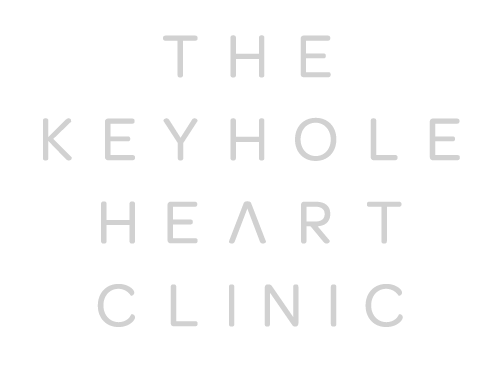Aortic Valve replacement: How Keyhole Heart Surgery Can Make a Difference To Your Recovery

Introduction to Aortic Valve
The heart is a remarkable organ that tirelessly pumps blood throughout our bodies, keeping us alive and well.
One crucial component of the heart is the aortic valve, which plays a pivotal role in maintaining this vital circulation. However, like any other part of our body, the aortic valve can sometimes develop problems that require medical intervention.
Fortunately, advances in medical technology have led to the development of keyhole surgery, a minimally invasive approach that offers numerous benefits for patients with aortic valve issues.
Understanding the Aortic Valve
Before delving into the advantages of keyhole surgery, it’s essential to understand the significance of the aortic valve. Located between the left ventricle and the aorta, the aortic valve serves as a one-way gate that ensures blood flows in only one direction, from the heart to the rest of the body. This valve consists of three cusps or leaflets that open and close with each heartbeat.
Aortic Valve Disorders
Aortic valve disorders can disrupt the smooth flow of blood from the heart, leading to various health issues. Two primary conditions associated with the aortic valve are aortic stenosis and aortic regurgitation:
- Aortic Stenosis: This condition occurs when the aortic valve narrows, limiting the flow of blood from the left ventricle to the aorta. It can result from the accumulation of calcium deposits on the valve leaflets or other congenital factors. Aortic stenosis can cause symptoms like chest pain, shortness of breath, and fatigue.
- Aortic Regurgitation: In this condition, the aortic valve doesn’t close properly, allowing blood to flow back into the left ventricle during each heartbeat. This can lead to symptoms such as palpitations, fatigue, and, over time, heart failure.
Keyhole Surgery for Aortic Valve Disorders
Traditionally, repairing or replacing the aortic valve required open-heart surgery, which involves a large incision in the chest and the use of a heart-lung machine to temporarily take over the heart’s function. While this approach is effective, it carries a higher risk of complications and a longer recovery period.
Keyhole surgery, also known as minimally invasive cardiac surgery, offers a less invasive alternative for treating aortic valve disorders. Here’s how it works:
- Small Incisions: Instead of a large chest incision, keyhole surgery involves several small incisions, typically between the ribs or in the chest wall.
- Minimising Tissue Damage: Surgeons use specialised instruments and a video camera to access and repair the aortic valve through these small incisions. This minimises damage to surrounding tissues.
- Shorter Recovery Time: Keyhole surgery generally results in a shorter hospital stay and quicker recovery compared to open-heart surgery.
- Reduced Risk: With smaller incisions and less tissue manipulation, keyhole surgery carries a lower risk of infection, bleeding, and scarring.
- Comparable Outcomes: Studies have shown that keyhole surgery can provide outcomes similar to traditional open-heart surgery for aortic valve disorders.
Aortic Valve Patient Benefits
The benefits of keyhole surgery for aortic valve disorders are numerous:
- Quicker Recovery: Patients can return to their normal activities sooner, improving their overall quality of life.
- Reduced Pain: Smaller incisions result in less post-operative pain and discomfort.
- Lower Infection Risk: Smaller wounds mean a reduced risk of surgical site infections.
- Cosmetically Appealing: The smaller scars from keyhole surgery are less noticeable than the large incision scars from open-heart surgery.
Aortic Valve Conclusion
The aortic valve is a critical component of our cardiovascular system, and any dysfunction can have serious consequences.
Fortunately, keyhole surgery offers a minimally invasive option for repairing or replacing a malfunctioning aortic valve.
This approach not only reduces the physical impact of surgery but also leads to faster recovery times and improved overall outcomes for patients.
If you or a loved one is facing aortic valve issues, consider discussing the possibility of keyhole surgery with your healthcare provider to explore this less invasive and highly effective treatment option.


